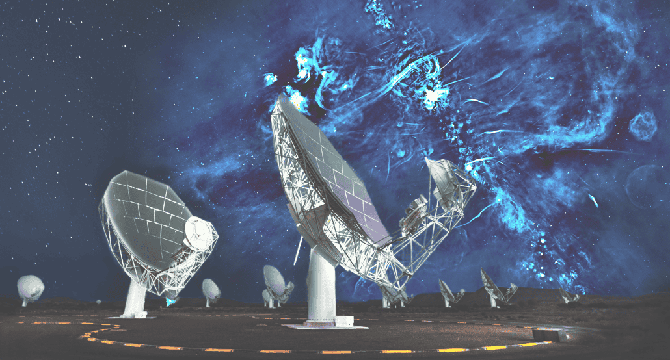Physicsworld
4w
231

Image Credit: Physicsworld
Thirty years of the Square Kilometre Array: here’s what the world’s largest radio telescope project has achieved so far
- The Square Kilometre Array (SKA) achieved 'first light' last year, producing its first-ever images, with planned 197 dishes and 131,072 antennas to make it the largest and most sensitive radio telescope.
- SKA sites in Australia and South Africa will work together under a single observatory, focusing on low-frequencies and middle-range frequencies respectively, to study topics like galaxies formation and dark matter.
- Over three decades, SKA has benefitted from smaller experiments like pathfinders and precursors, such as MeerKAT and HERA, which have trialed new technologies and contributed to the project's advancement.
- MeerKAT in South Africa, a precursor to SKA-Mid, has provided detailed images of the Milky Way's centre, capturing long radio-emitting filaments and contributing to understanding cosmic structures.
- HERA, focusing on the Epoch of Reionization, is observing fluctuations in primordial hydrogen, providing crucial insights into the early universe's evolution and guiding SKA observations.
- Murchison Widefield Array (MWA) in Australia has discovered new objects like radio transients, challenging existing models of stellar evolution and enhancing our understanding of cosmic phenomena.
- Australian SKA-Low and ASKAP are conducting giant sky surveys and spotting fast radio bursts, unveiling new classes of radio sources and assisting in solving mysteries of the universe.
- However, the proliferation of communication satellites is posing challenges for SKA and its precursors by causing interference with observations, leading to efforts to regulate and reduce the impact.
- Despite challenges, the SKA project and its precursors are pushing the boundaries of astronomy, making unexpected discoveries, and charting a path for groundbreaking advancements in radio astronomy.
Read Full Article
13 Likes
For uninterrupted reading, download the app